Can women be as talented as men? Sexist assumption a matter of life and death in wartime plot
Harry Potter author JK Rowling is one of many women to pose as a bloke: and the experiences of fellow female talents in music and art indicate she was smart to do so.
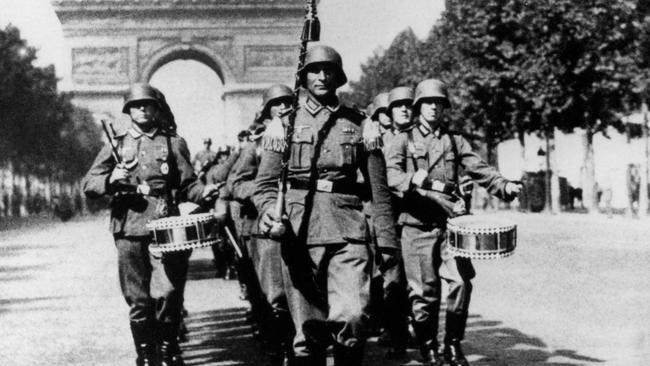
Books
Don't miss out on the headlines from Books. Followed categories will be added to My News.
The idea for my new book The Masterpiece came from an interview where art forger John Myatt claimed that Picasso was the easiest artist to copy.
This surprised me because even among people who know little about art, Picasso is a household name. He is one of the most important painters of the twentieth century. Shouldn’t that make his work harder to copy, not easier?
As I delved into my research about fake art, it became clear that art forgers – unlike other criminals – hold a special place in the public’s imagination.
For many of us, the art world reeks of elitism and subjectivism.
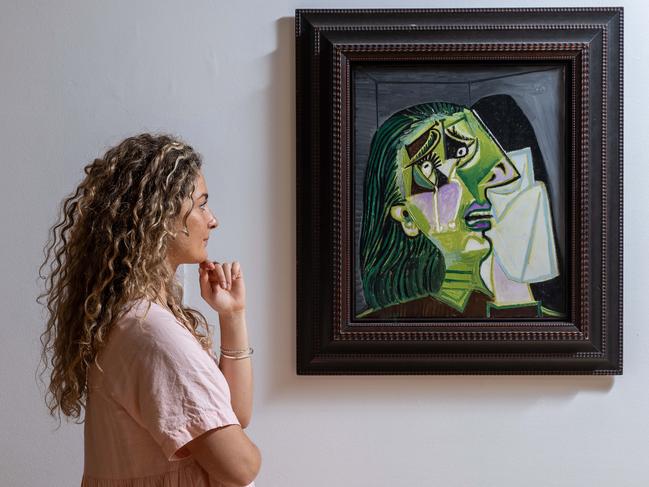
How can a painting of a squiggly line fetch millions of dollars at an auction? Surely a two-year-old child could produce a similar work? With an estimated 20 per cent of works in national museums around the world being fakes, the idea that ‘art experts’ can be fooled by tricksters posing as art geniuses seems rather gratifying.
For many forgers, revenge on the art world is a greater motivation than money. Dutch artist Han van Meegeren was a ‘failed artist’ who turned to crime. After critics savaged an exhibition of his original work, he began forging paintings by the great artists of the Dutch Golden Age and passed them off to collectors and museums as ‘undiscovered works’. He made a fortune in the process.
But for all his beef with a lack of appreciation of his talent, van Meegeren would have had an even harder time if he had been a female painter. Subjectivity has never been on their side.
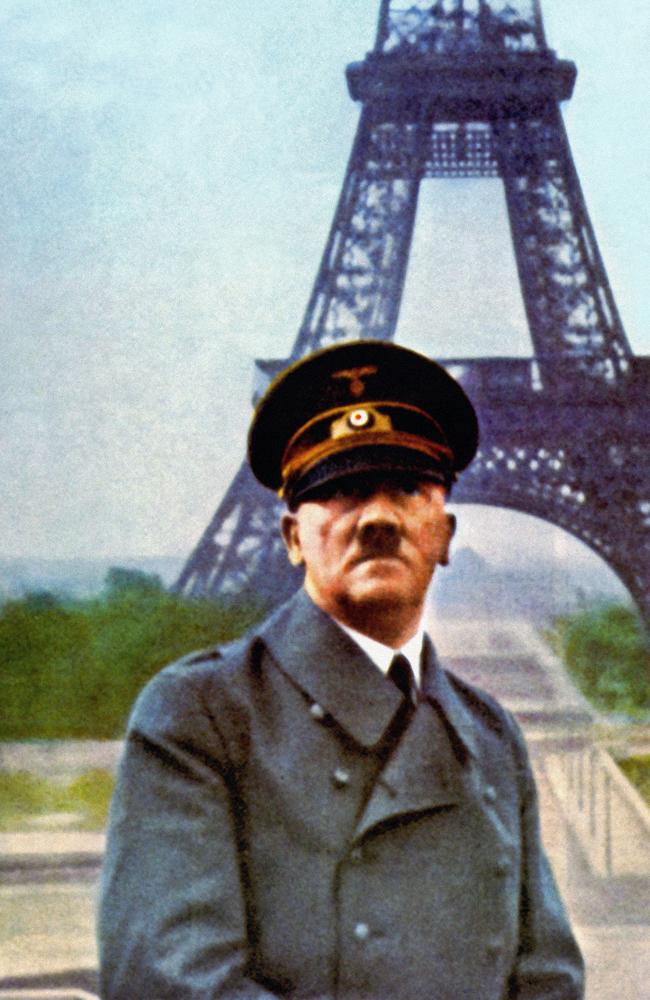
While Picasso, van Gogh and Dali enjoy enduring fame, their female contemporaries Suzanne Valadon, Leonora Carrington and Marie Laurencin do not.
These female artists were painting at a time when women had finally gained admission to art academies and were allowed to paint nudes (previously they had been banned from life-drawing classes and had to learn anatomy by painting cows), and yet they still faced gender bias from those who had the money and clout to make or break careers – dealers, collectors and art gallery owners. Women’s art was not considered a good investment, no matter how talented the artist. This worked against them in terms of the longevity of their fame.
‘Blind’ auditions have been used since the 1970s for recruiting musicians for orchestras.
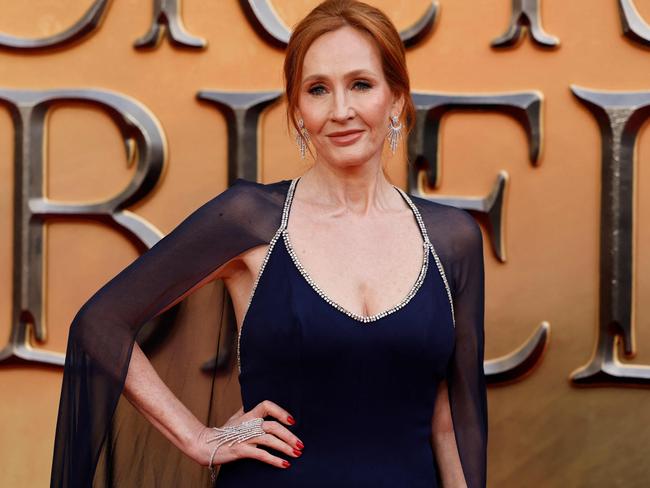
Candidates audition anonymously behind a curtain, and women do not wear perfume or high heels that might give away their gender. Violinist Maia Jasper White has written about her experience of the process: a concertmaster who had not seemed to take her seriously when he knew who she was proclaimed her to be a ‘great artist’ after a blind audition.
Throughout history women writers from George Elliot to JK Rowling have written under male pseudonyms to be taken more seriously or to increase their marketability. Unfortunately, anonymity like this doesn’t work in the art world. An unsigned painting won’t fetch the same price as a signed one – and the value of a painting increases when it is signed by a man. Even today, art by women fetches 42 per cent less at auctions than works by men, despite the fact that women make up the majority of art-school graduates.
Some convicted art forgers have gone on to have stellar careers after being released from jail.

Wolfgang Beltracchi makes millions since going legitimate. John Myatt is a celebrity with his own television show. And yet even in producing fakes, a gender bias exists. While it was once claimed that there were no great female artists, it’s also been claimed that there are no great female art forgers either.
Statistically that seems impossible. Many successful forgers have not been particularly accomplished painters, and while women make up less of the criminal population overall, there is certainly no shortage of high-profile female con-artists and fraudsters.
It has been cheekily suggested by some art historians that perhaps the female forgers are so brilliant, they simply haven’t been exposed yet.
An undiscovered female art forger was an intriguing idea for a plot.
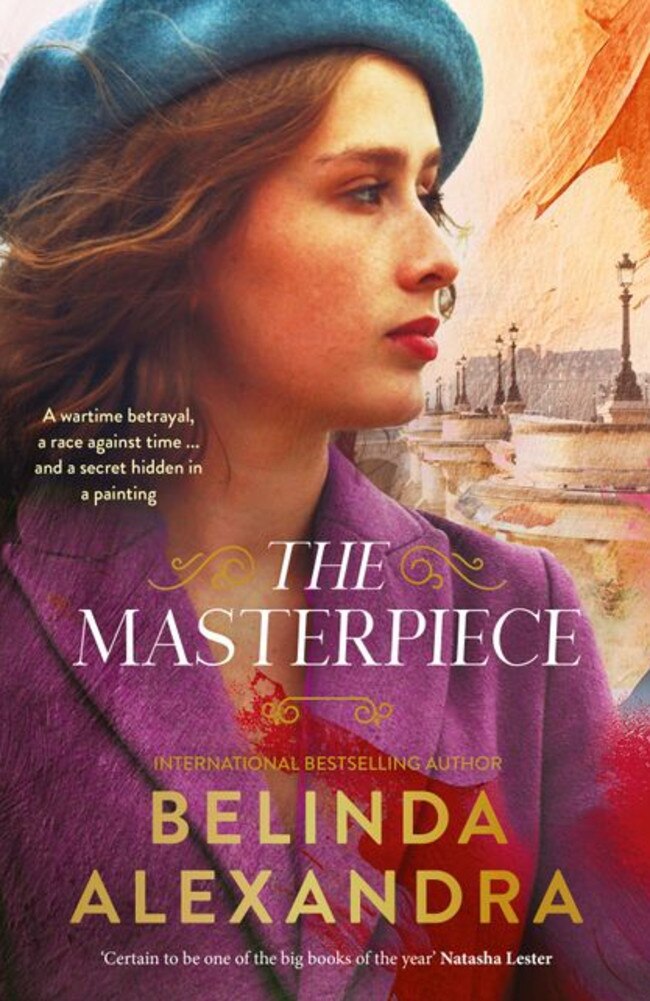
In The Masterpiece, stakes are high for Kristina Belova who forges paintings that are popular with Nazis in order to raise funds for the French Resistance. After the war, collaborators are being tried for treason and Serge Lavertu, Kristina’s art dealer, is accused of selling an artwork, a French national treasure, to Hitler.
Kristina is suffering amnesia after being in a concentration camp and can’t confirm it’s one of her forgeries. Plus, the art establishment refuses to believe a woman could have reproduced such a masterful painting.
Can Serge’s estranged daughter, Eve, uncover the truth and save Serge from the firing squad?
The Masterpiece by Belinda Alexandra is out now, published by HarperCollins.
Share your favourite historical fiction at the Sunday Book Club group on Facebook.
Originally published as Can women be as talented as men? Sexist assumption a matter of life and death in wartime plot


